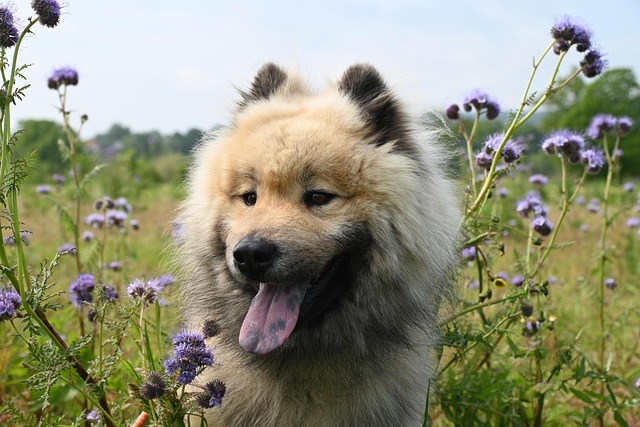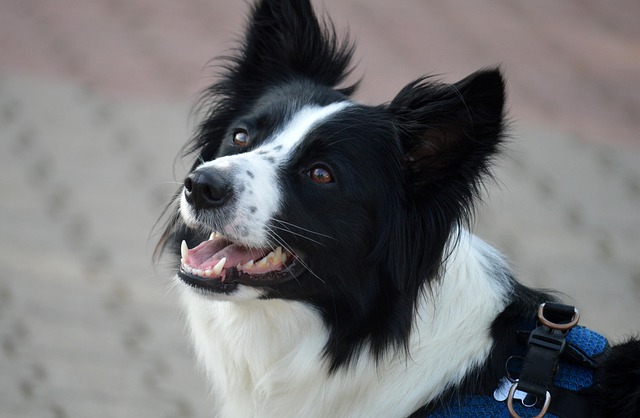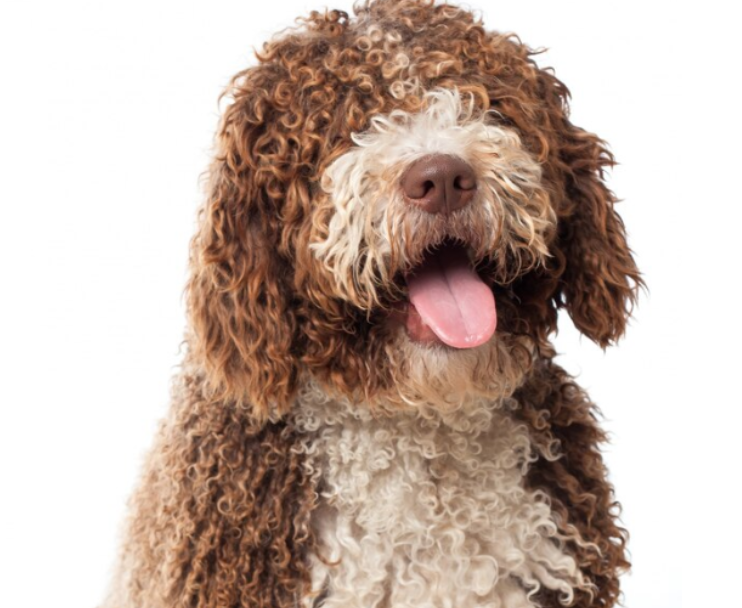Introduction
Have you been considering getting a guinea pig as a pet? You’re definitely in the right place. In this basic guide, we talk about the do’s and don’t of keeping guinea pigs as pets — along with basic guinea pig care and feeding. While some components of guinea pig care are universal in nature we’re focusing on the popular cavia porcellus found in most American pet stores.
Caring for Guinea Pigs as Pets
Guinea pigs make great pets when they are well loved and cared for. Some psychologists even recommend them as therapy pets. They are social animals who enjoy interaction with other guinea pigs and members of their human families. It may surprise you to learn that guinea pigs have their own language and communicate by using a series of squeaks, squeals, and gestures.

When guinea pigs are content they may squeal or make a purring sound to express their delight. They may run in circles or jump up and down in a series which is called “popcorning.” If you’ve ever seen a guinea pig in action, you’ll know why this movement is called popcorning.
It may be wise to consider getting guinea pigs in pairs as they are highly social creatures and seem to fare better when they have a cage mate to cuddle and play with. These furry pets are easy to feed, clean, and maintain. Daily care of a guinea pig requires providing a clean space for rest and play, a healthy diet, and lots of love.
When choosing your guinea pig habitat be sure to look for cages, hutches, and enclosures that have panels on the outside of the bedding area to avoid having to continuously clean up bedding.
Give your guinea pigs time and space to get used to their new home in their first few days. Your guinea pigs will initially explore their environment and become more social as time progresses. If your guinea pig runs away when you first try to pick them up, this is normal.
Guinea pigs are burrowing animals and it takes some time for them to get used to being handled. As long as you handle your guinea pigs gently with care when picking them up (making a scooping motion to avoid their soft tummies) your guinea pigs will eventually grow to love your touch. They may eventually begin to come to you to be picked up and held on their own.
Feeding and Eating
According to the Humane Society, guinea pigs need hay, fresh vegetables, pellets, and clean water daily. This combination makes a well-balanced guinea pig diet. Eating the right balance of these foods and drinking fresh water can aid guinea pig digestion and keep their teeth from growing too long. Many people feed their guinea pets a variety of commercially bought vitamins, chews, and toys like salt wheels. This isn’t always the best idea.
The American Humane Society suggests that adding these supplemental dietary treats is unnecessary and can actually introduce harmful agents into your guinea pigs diet. For example, many of the products manufactured as toys and supplements can contain harmful dyes and glues that your guinea pig will ingest when they eat.
The best way to maintain your guinea pigs dietary health is by feeding a balanced diet of hay, fresh vegetables, pellets, lots of clean water and the occasional fruit for optimum health.






Leave a Reply